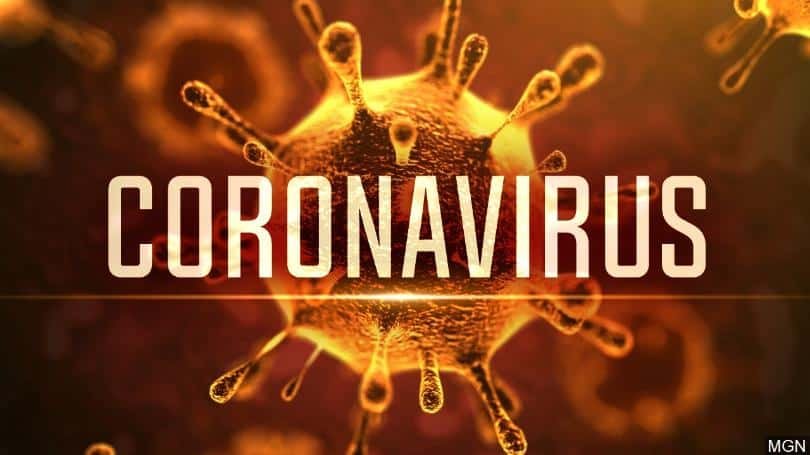Health Editor’s Note: I am not sure what the issue here is all about. What we have known all along is that coronavirus can travel through the air, when someone coughs, sneezes, breaths hard, exhales air from the lungs, sings, talks, etc. and while the virus is in the air it can be inhaled by another human. The viral droplets can also lay on surfaces and from there can be picked up by touching the area with the hands and them bringing the viral laden hands/fingers to the face/mouth/nose where they can gain easy access to the mucous membranes of the next coronavirus victim. This seems like a great pile of nit-picking on whatever side someone is one in this debate. Really, we know that coronavirus travels through the air, thus the need for physical distancing and mask wearing.
Large droplets, small droplets, aerosolized droplets, the form really makes no difference whatsoever. The survival issue during this pandemic is to NOT allow coronavirus into your body….Carol
239 Experts With One Big Claim: The Coronavirus Is Airborne
by
The W.H.O. has resisted mounting evidence that viral particles floating indoors are infectious, some scientists say. The agency maintains the research is still inconclusive.
The coronavirus is finding new victims worldwide, in bars and restaurants, offices, markets and casinos, giving rise to frightening clusters of infection that increasingly confirm what many scientists have been saying for months: The virus lingers in the air indoors, infecting those nearby.
If airborne transmission is a significant factor in the pandemic, especially in crowded spaces with poor ventilation, the consequences for containment will be significant. Masks may be needed indoors, even in socially-distant settings. Health care workers may need N95 masks that filter out even the smallest respiratory droplets as they care for coronavirus patients.
Ventilation systems in schools, nursing homes, residences and businesses may need to minimize recirculating air and add powerful new filters. Ultraviolet lights may be needed to kill viral particles floating in tiny droplets indoors.
The World Health Organization has long held that the coronavirus is spread primarily by large respiratory droplets that, once expelled by infected people in coughs and sneezes, fall quickly to the floor.

Carol graduated from Riverside White Cross School of Nursing in Columbus, Ohio and received her diploma as a registered nurse. She attended Bowling Green State University where she received a Bachelor of Arts Degree in History and Literature. She attended the University of Toledo, College of Nursing, and received a Master’s of Nursing Science Degree as an Educator.
She has traveled extensively, is a photographer, and writes on medical issues. Carol has three children RJ, Katherine, and Stephen – one daughter-in-law; Katie – two granddaughters; Isabella Marianna and Zoe Olivia – and one grandson, Alexander Paul. She also shares her life with her husband Gordon Duff, many cats, and two rescues.
ATTENTION READERS
We See The World From All Sides and Want YOU To Be Fully InformedIn fact, intentional disinformation is a disgraceful scourge in media today. So to assuage any possible errant incorrect information posted herein, we strongly encourage you to seek corroboration from other non-VT sources before forming an educated opinion.
About VT - Policies & Disclosures - Comment Policy





The difference can be significant. If there are indeed 2 strains of Covid-19 as the morbidity/mortaltity #’s seem to indicate. There seems to be a nearly 10 fold mortality rate difference in some states and countries being hit with this (same?) virus. I think this dual strain theory counting population demographics and comorbidities -with some mixing from region to region are showing this signature. The airborne vs droplet issue can be a big deal. If you encounter the high mortality strain and it is airborne you need more distance,protective gear ie n95 or PAPR, and negative pressure ventilation. I would feel pretty comfortable practicing distancing and good hand washing practices around someone with influenza but not at all comfortable without appropriate PPE and negative pressure isolation rooms if I were dealing with a person with TB.
I get your point we need to practice protective measures, but the amount of time an airborne pathogen can hang in the air is very significant. I would be nervous to be on a plane or closed room with a TB – airborne patient if I were unprotected not as much with someone who has the flu- droplet
Comments are closed.